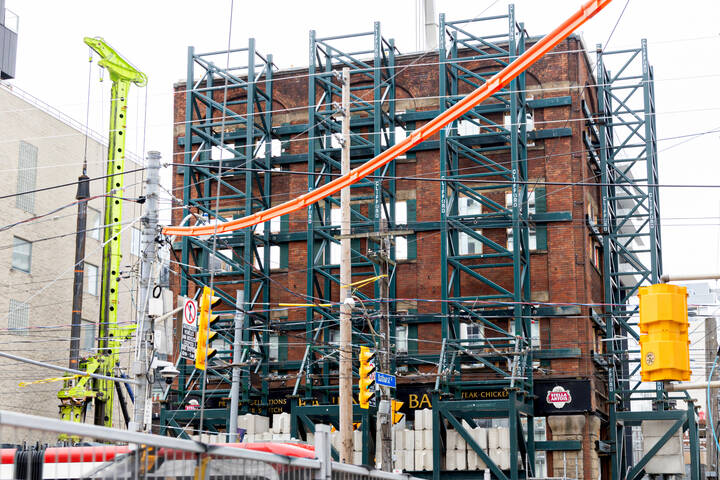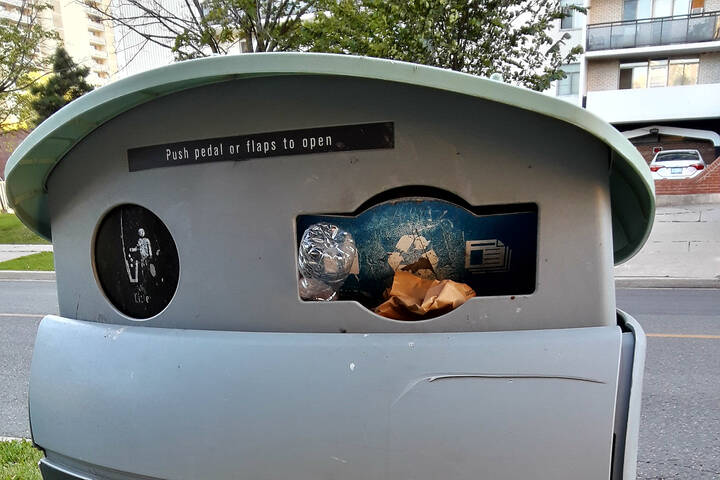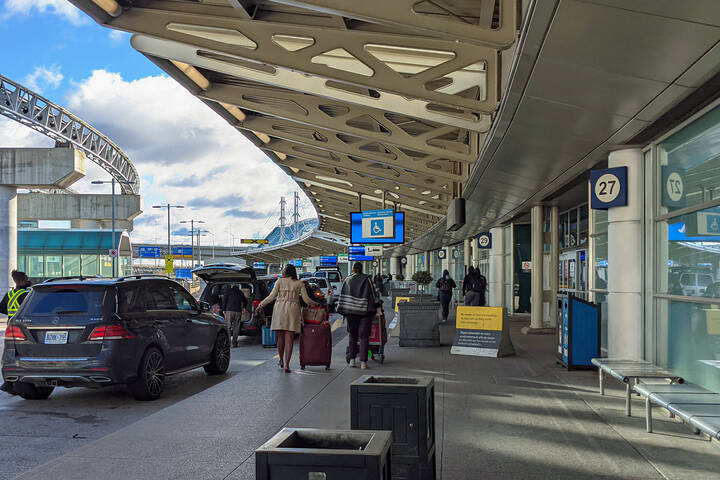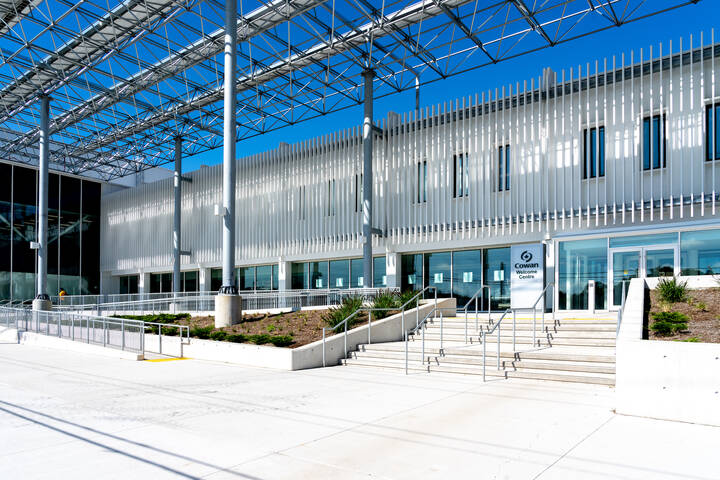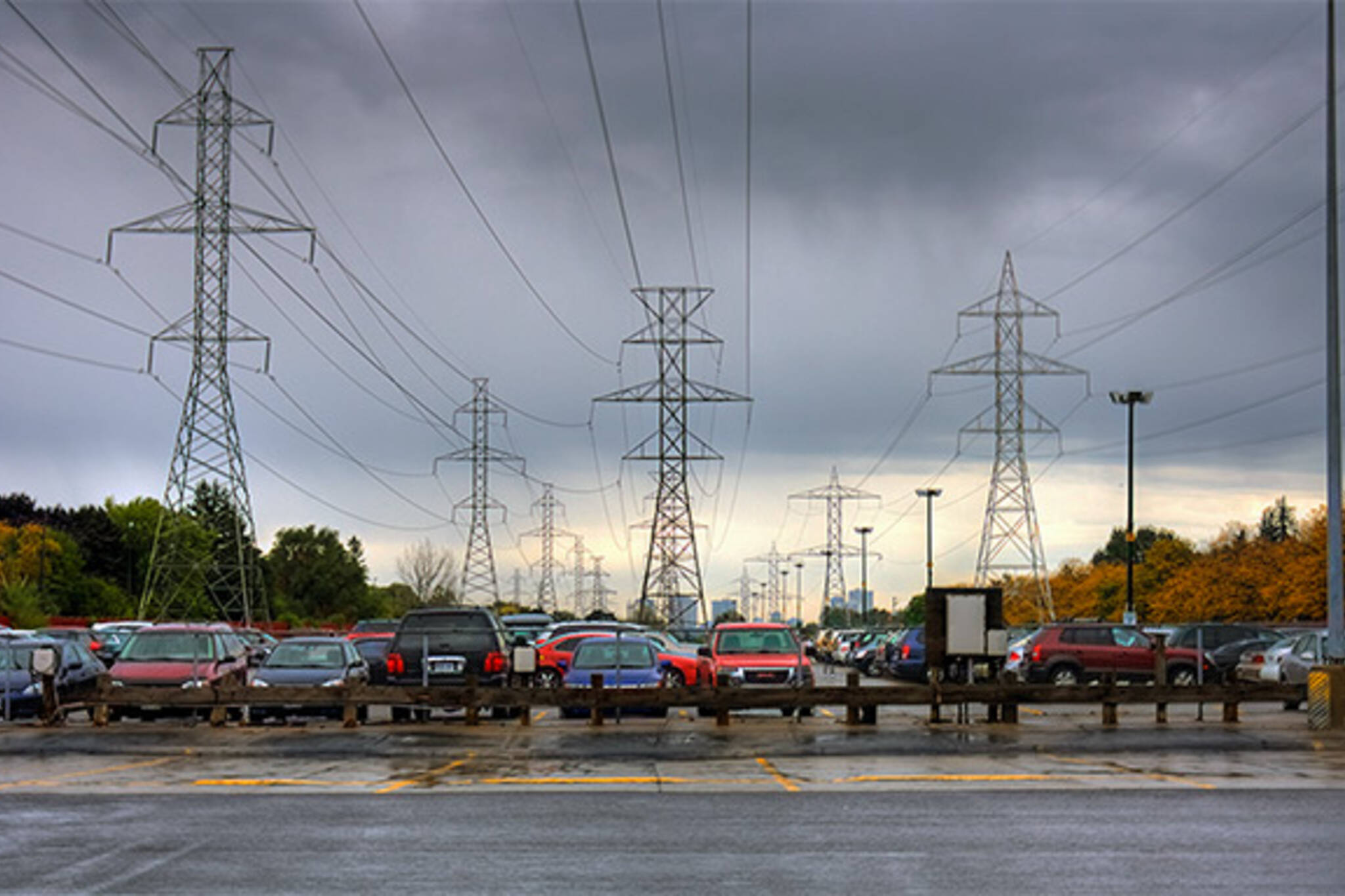
The astonishing numbers behind Toronto's electricity use
Toronto summers are notoriously power hungry. As soon as the warm weather begins to bite, air conditioners and other power-hungry appliances come online, putting a massive strain on the province's power network.
In 2013, the last year for which detailed statistics are available, demand peaked on July 17. That day the Honda Indy was making a racket at Exhibition Place, the discussion around converting the Scarborough RT was approaching a farce, and the temperature peaked at 35.4 degrees--a scorcher.
As a result of all those people firing up fans and other cooling devices, Toronto Hydro reported a peak load of 4,907 megawatts. To put that in perspective, the peak load for the entire Republic of Ireland in 2008 was also exactly 4,907 megawatts.
That massive amount of power comes from a variety of sources, including the nuclear plants at Pickering, Darlington, and Bruce County. Combined, these three generating stations account for about 60 percent of the electricity available on the grid in Ontario.
A small amount also comes from a natural gas plant in the Port Lands that is activated during morning and evening peak periods. Sometimes Ontario buys power from other jurisdictions, when it has too much, it sells the excess.
Toronto Hydro, the company responsible for the infrastructure within the City of Toronto, says there are about 730,000 customers connected to its network ("customers" is a somewhat misleading term--high-rise apartment buildings and detached homes both count as one customer,) or about 2.4 million people.
Getting high voltage power to from the generating station to customers in a format suitable for domestic devices and appliances requires about 15,000 kms of overhead wires, 11,200 kms of underground wire, and 175,400 hydro poles.
There are at least 60,560 distribution transformers--the devices which convert high voltage electricity from the power lines to a level safe for use in the home--dotted throughout the city, some of which exist as camouflaged substations.
Laid out in a straight line, the city's overhead and underground power cables could reach the city of Perth on the west coast of Australia 18,143 kms away with more than 7,000 kms to spare.
The Independent Electricity System Operator, the Ontario body that oversees the electrical market in the province, has a neat dashboard on its website that displays real-time usage information for the province. At time of writing, Ontario was using about 14,890 megawatts of electricity, the bulk of which (62 percent) was coming from nuclear sites. Hydro (19.3 percent,) wind (13.5,) and gas (4.6) were the next biggest sources of electricity.
Power sourced from solar panels and biofuel made up less than one percent of the power on the grid. Demand was expected to peak around 6 p.m., with somewhere in the region of 17,000 megawatts being sucked from outlets and high-voltage hook-ups across the province.
Toronto, give or take a few thousand megawatts, will probably account for about a third of that usage--about 4,100 mws.
Hogtown, indeed.
Chris Bateman is a staff writer at blogTO. Follow him on Twitter at @chrisbateman.
Image: Mitchel Gerskup /blogTO Flickr pool.
Latest Videos
Latest Videos
Join the conversation Load comments


